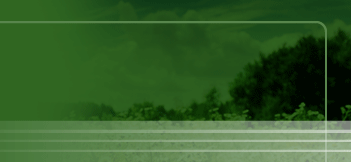Ardleigh Settlement Patterns
Early maps show the village concentrated at the crossroads with the church just north-east and most other buildings lying to the west, along the road towards Colchester. This remained the case until well into the 20th century, despite the development of the railway line and associated buildings to the south of the village.
There has been considerable expansion of the village centre since the end of World War II, most notably in the form of:
- extensive local authority housing to the south and west of the crossroads
- the Ardleigh Court development next to the church, north and east of the crossroads
- the Chapel Croft/Church View development between the crossroads and New Hall to the south and east of the crossroads
- the Wheatlands development on the west side of Station Road
- The Limes, a small development of housing on the south side of the Harwich Road to the east of the crossroads.
The parish of Ardleigh comprises in addition to the village centre, a number of hamlets, each with its own character:
- Along the B1029 towards Dedham is Ardleigh Heath
- Along the B1029 towards Great Bromley is Burnt Heath
- Along the A137 towards Colchester, beyond the southern end of Dead Lane, is a line of housing on the northwest side reaching John de Bois Hill, where there is a string of properties on the other side of the road
- Beyond John de Bois Hill is the hamlet of Fox Street
- On the parish boundary along the Colchester-Great Bromley Road is the hamlet of Crockleford.
In addition to these readily identifiable hamlets, there are individual dwellings along most of the narrow lanes that run through the farm land surrounding the centre of Ardleigh.


